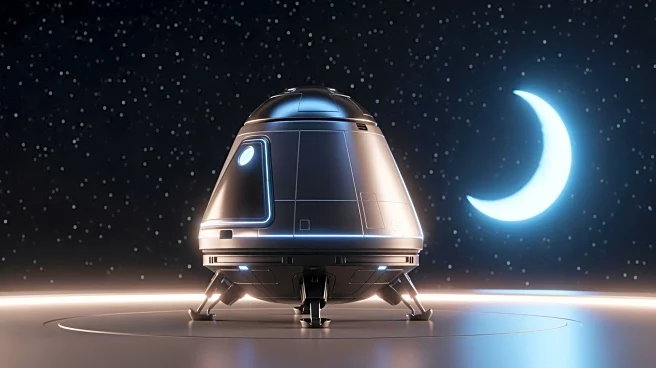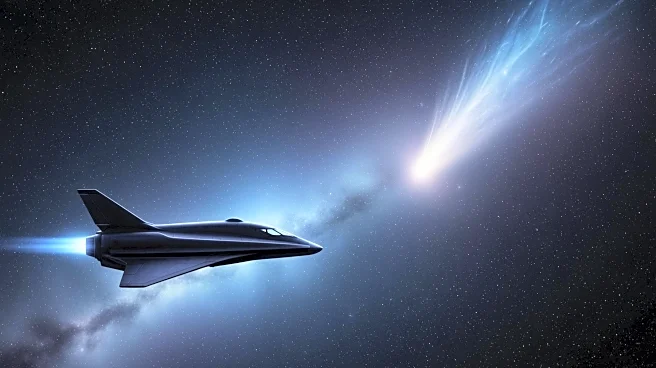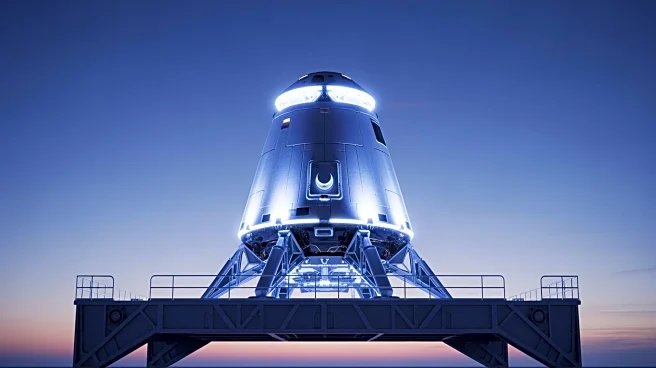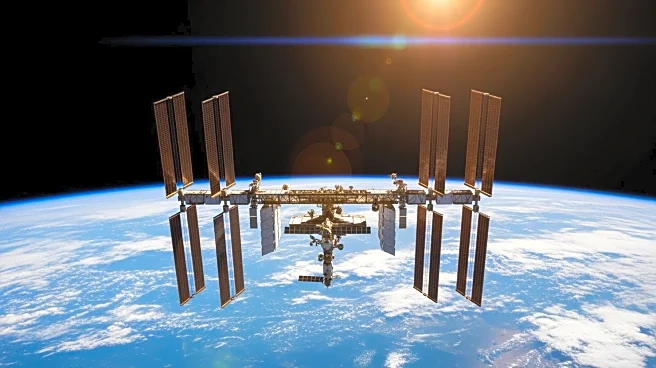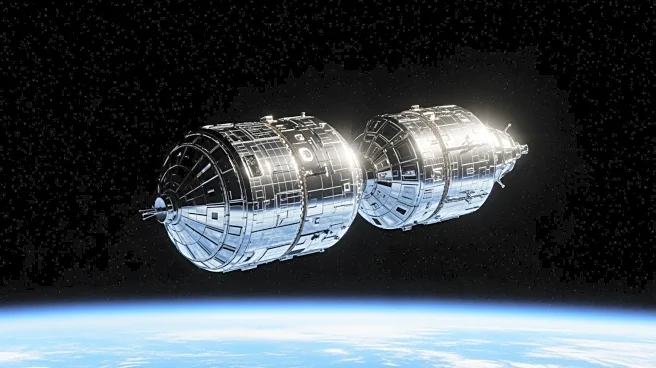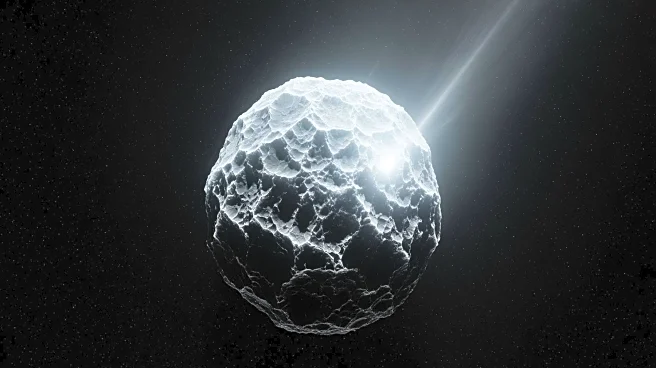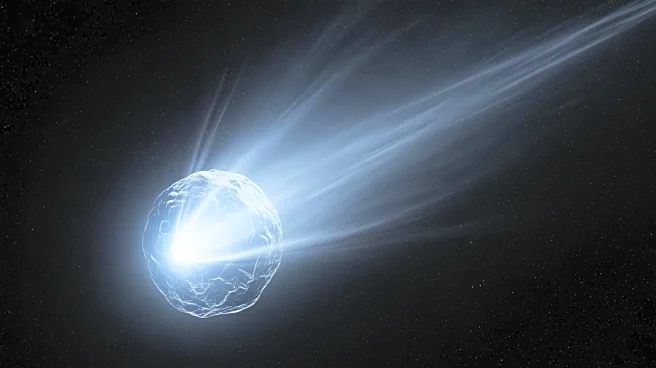What's Happening?
NASA has successfully lifted and integrated the Orion spacecraft atop the Space Launch System (SLS) rocket, marking a significant milestone for the Artemis 2 mission. This mission is set to send astronauts around the moon in early 2026, representing the first
time humans will travel to the moon since the Apollo 17 mission in 1972. The Artemis 2 mission will not involve a lunar landing but is crucial for validating the performance of the SLS rocket, Orion spacecraft, life-support systems, and deep-space operational procedures with astronauts onboard. The crew will include NASA astronauts Reid Wiseman, Victor Glover, Christina Koch, and Canadian Space Agency astronaut Jeremy Hansen. The mission will follow a hybrid free-return trajectory, allowing Orion to loop around the moon and head back toward Earth using gravitational forces, an important safety feature for early crewed missions.
Why It's Important?
Artemis 2 is a foundational step toward establishing a sustained human presence on and around the moon. Its success will support future construction of the Gateway lunar orbiting platform, development of lunar surface infrastructure, and preparation for eventual crewed missions to Mars. The mission will test advanced guidance and navigation systems, radiation protection features, state-of-the-art avionics, and life-support technologies capable of sustaining astronauts through deep-space conditions. The Orion spacecraft's heat shield, the largest ever built for a human spacecraft, will protect the crew during reentry at nearly 25,000 mph. This mission is critical for ensuring the safety and effectiveness of future lunar and deep-space missions.
What's Next?
Following the Artemis 2 mission, NASA plans to continue its efforts to establish a sustainable human presence on the moon. This includes the construction of the Gateway lunar orbiting platform and the development of lunar surface infrastructure. These efforts are part of a broader strategy to prepare for eventual crewed missions to Mars. The success of Artemis 2 will provide valuable data and experience that will inform these future missions, helping to ensure their safety and effectiveness.
Beyond the Headlines
The Artemis program represents a significant shift in space exploration, with a focus on sustainability and long-term presence beyond Earth. The integration of international partners, such as the Canadian Space Agency, highlights the collaborative nature of modern space missions. The technological advancements tested during Artemis 2, including life-support systems and radiation protection, could have broader applications in other fields, such as healthcare and environmental protection. The mission also serves as a symbol of human ingenuity and the ongoing quest to explore and understand our universe.
